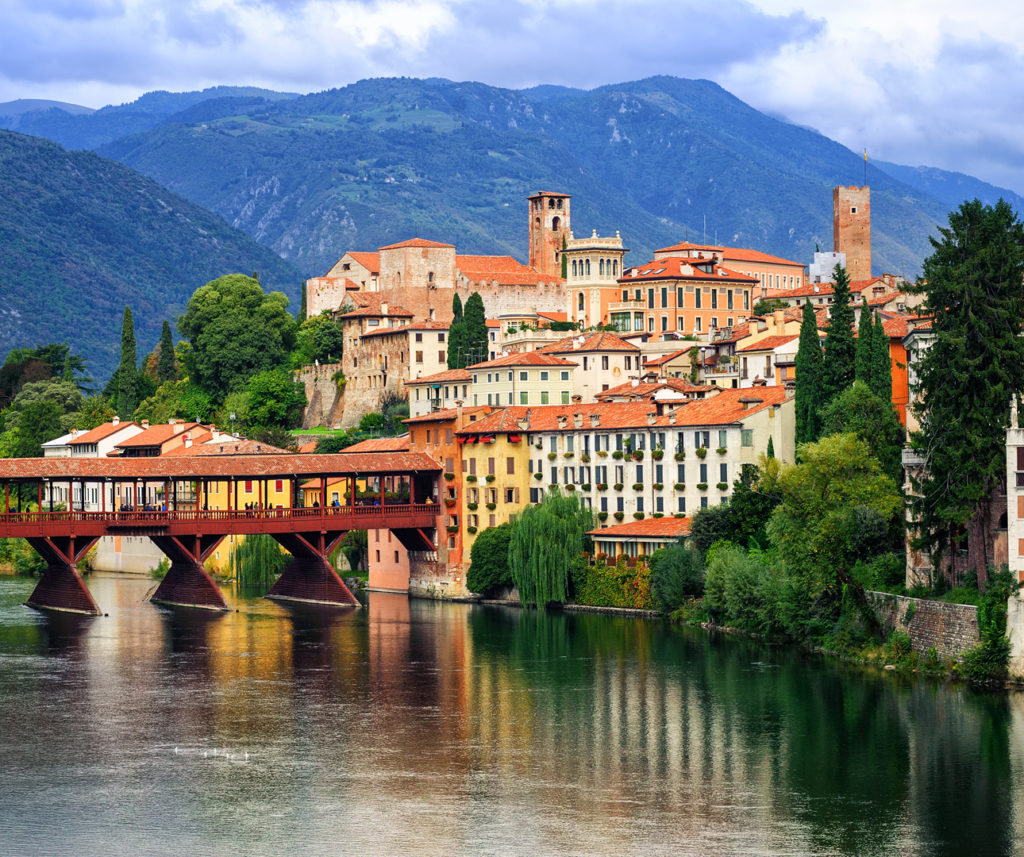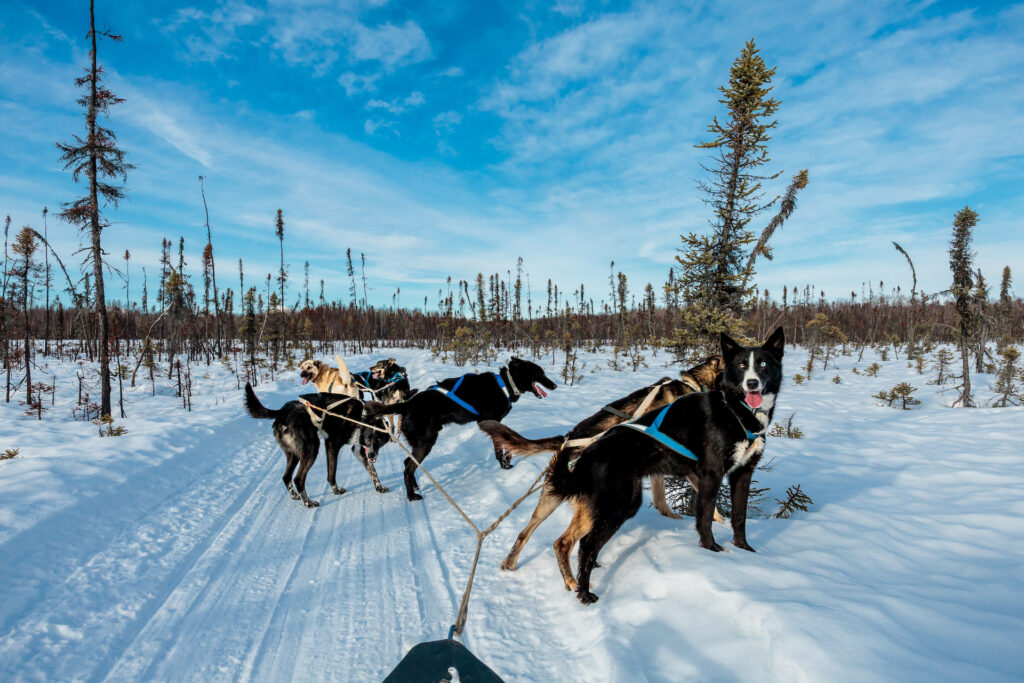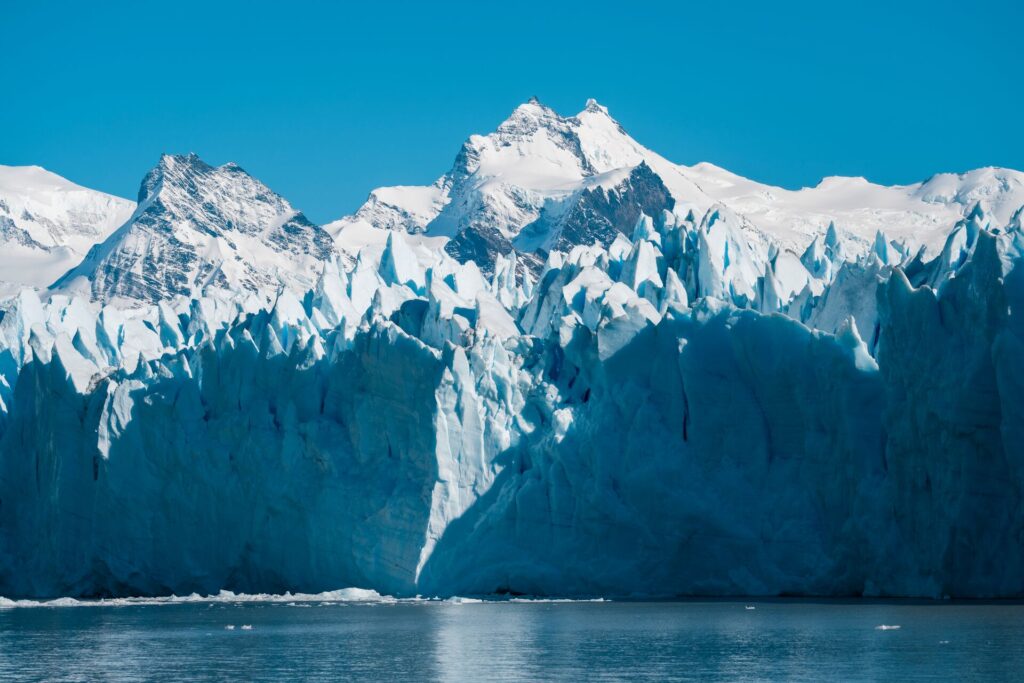We are a single planet revolving around just one of the Milky Way’s 100 billion stars. To think that we live in a galaxy that’s 13.61 billion years old is almost unfathomable. And yet, here we are, each of us given around 1.1 billion seconds in our lifetime to look into the heavens and gaze at the stars.
Stargazing is an act as old as humanity and it’s one of the most relaxing activities to pencil into any vacation. In fact, it’s a reason in itself to book a vacation. From the world’s quietest deserts to the remote landscapes deemed International Dark Sky Reserves, the best places to see the Milky Way are also destinations on your bucketlist.
Speaking of bucketlists… we think you’ll like: Why you should add these Peruvian icons to your bucketlist
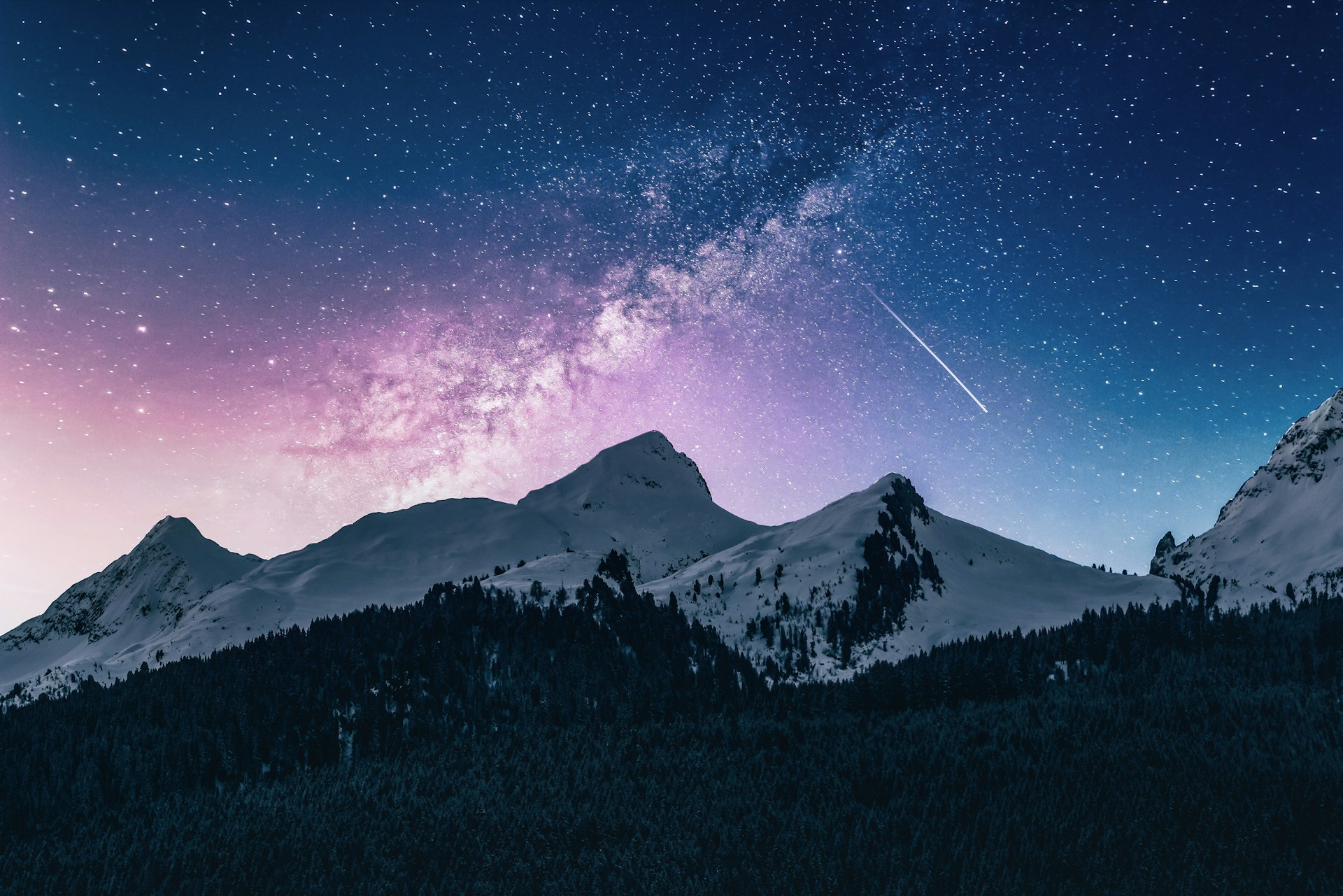
Before we dive into the destinations, we’ll tee off by answering some frequently-asked questions, such as:
Where exactly are we in the Milky Way Galaxy?
The Earth is approximately 26,000 lightyears away from the center of the Milky Way Galaxy. Our solar system is located in the Orion Spur, which is between the Perseus and Sagittarius arms.
What’s in the center of the Milky Way Galaxy?
When is the best time to see the Milky Way?
Where are the best places to see the Milky Way?
No matter where you’re reading this from, there’s at least a handful of dark corners nearby where you can see the Milky Way with your naked eye. National Parks are ideal in most countries, as their expansive landscapes have limited light pollution. International Dark Sky Places, such as those in River Murray in Australia, Aenos National Park in Greece, and !Ae!Hai Kalahari Heritage Park in South Africa.
Read next: A sun that never sleeps: why July is the best time to visit Finland
United States
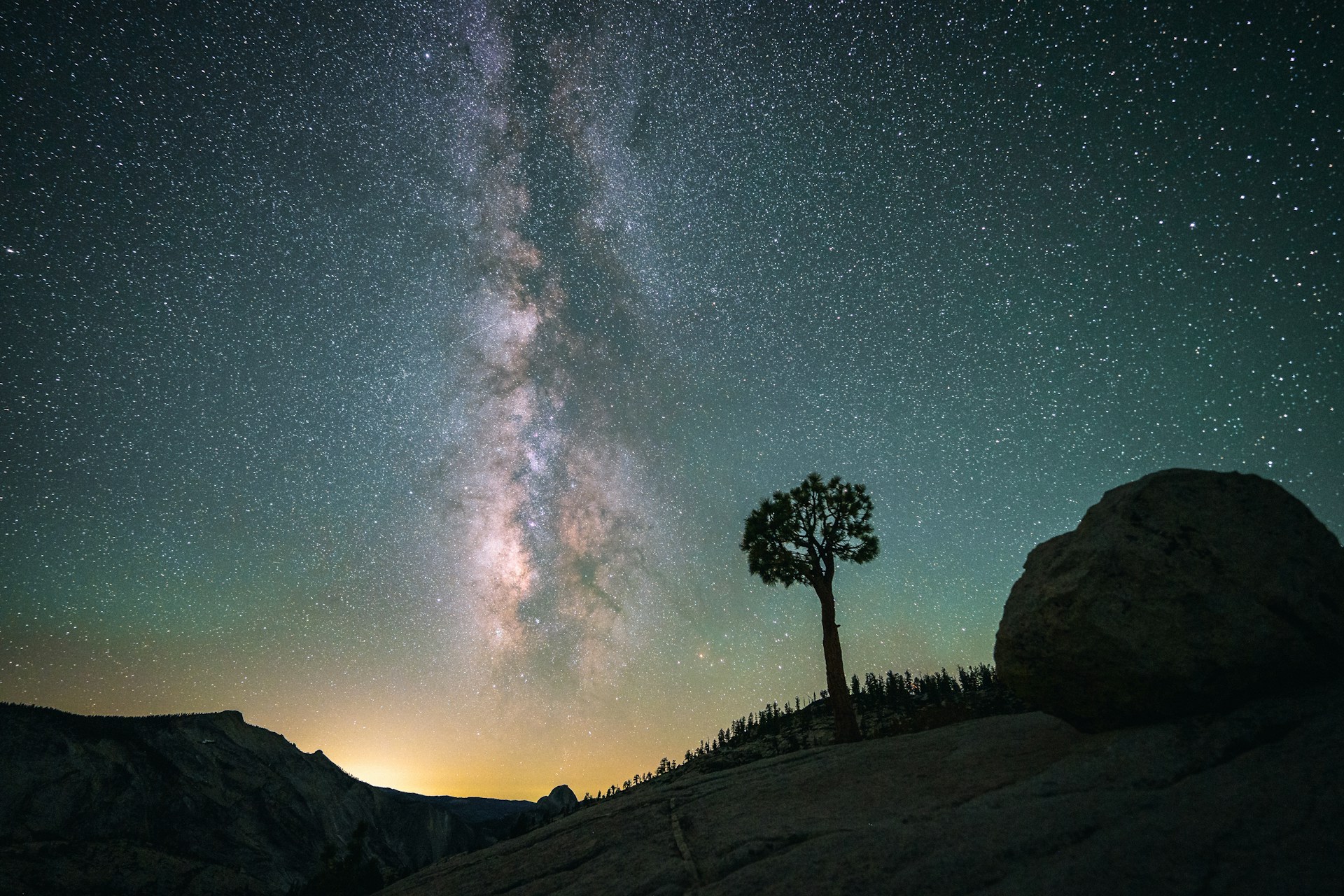
It seems fitting that the stars of pop culture all happened to gravitate towards the American West: one of the best regions on the continent for Milky Way viewing. Where can you see the Milky Way in the United States? Take your pick and cross off a visit to an iconic national park while you’re at it.
Arches National Park, Grand Canyon National Park, and Joshua Tree National Park are among the many parks certified by the International Dark Sky Association, with Big Bend National Park sharing a huge Dark Sky Reserve with neighboring Mexico. Many parks offer night sky programs regardless of their IDSA affiliation, including ranger full moon walks and events with telescopes provided.
Chile
Chile is a cradle of stargazing opportunities; some say the absolute best place to see the Milky Way on the planet. Clear skies and great weather, coupled with extremely low or no light pollution makes the Chilean north coast a spectacular place to see the galaxy’s arms.
Though it holds the title as the world’s driest desert, the Atacama Desert is absolutely flooded with stargazers. European Southern Observatory’s Paranal Observatory features cutting-edge telescopes, facilitating not only the best ground-based astronomy research for Europe, but also tours for visitors who wish to learn the secrets held in deep space.
Get an eye full of stars on Insight’s Best of Chile From Atacama to Patagonia tour. You’ll have plenty of time to turn your chin up to Chile’s sky near Torres del Paine National Park, the Atacama Salt Flats, and the Moon Valley.
Iceland
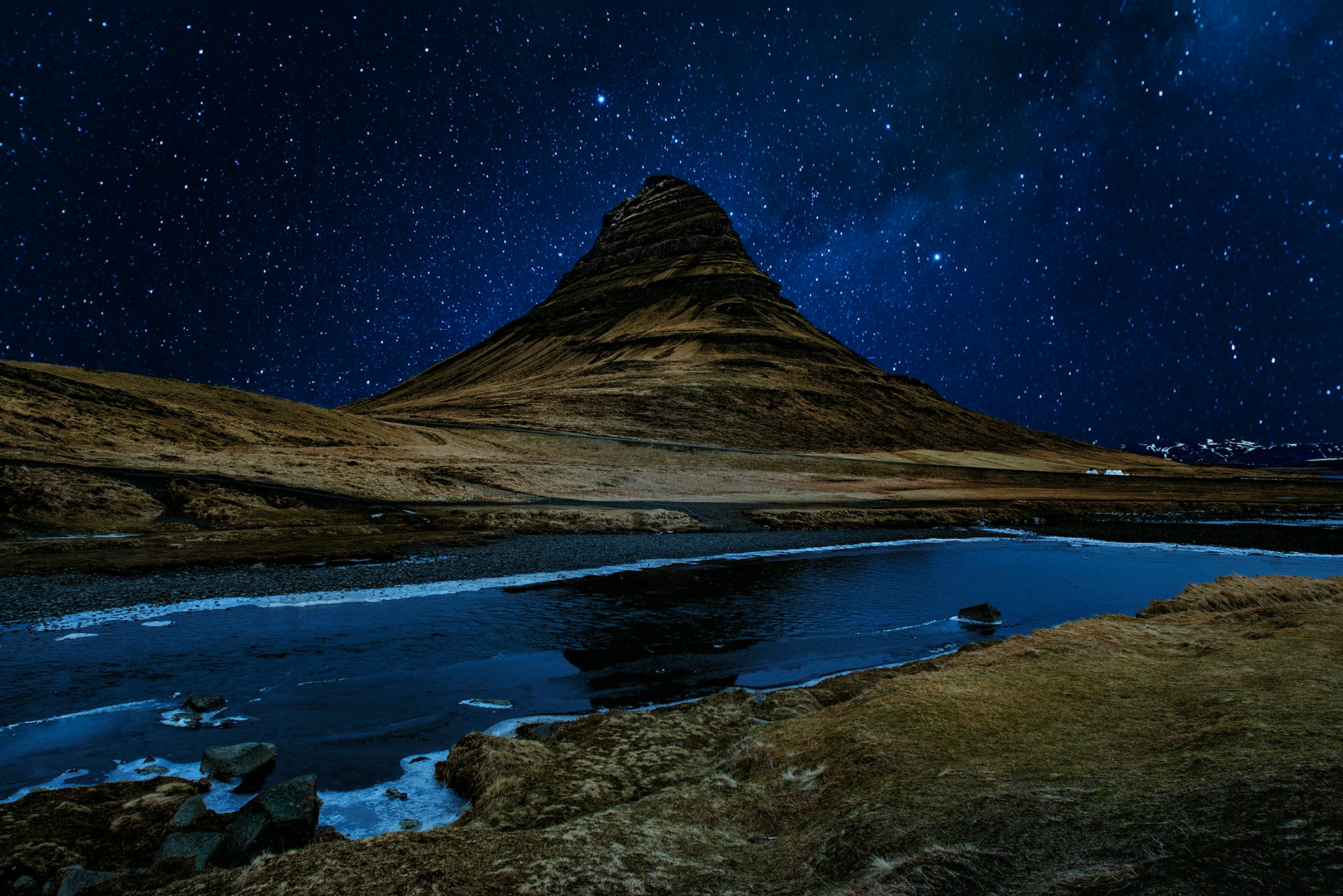
The best time to see the Milky Way, in our opinion, is when you can pair it with a midnight showing of the Northern Lights. Indeed, Iceland has stolen the hearts and captured the souls of many a stargazer who witnessed Aurora Borealis perform before the galaxy’s eyes – although you’ll need a good slice of luck.
Iceland’s rugged, remote landscapes offer endless moments spent lost amongst the twinkling lights, especially in the winter months when the night reigns supreme over the small windows of sunlight. Hella in southern Iceland is a fine choice for slumber under the starry sky, as are overnights near Skagafjordur and Hvalfjordur,
Celestial bodies hang above Iceland’s black sand beaches, geysirs, and cascading waterfalls, handing out views of stars, planets, solar flares, and galaxies like they’re everyday clouds. Let your iris indulge in the magnificence of Mother Nature on Insight’s Natural Wonders of Iceland tour and spend 9 days worshiping this island’s unspoilt beauty.
Read next: Dartmoor’s daughter on Mother Nature’s maternal power.
New Zealand
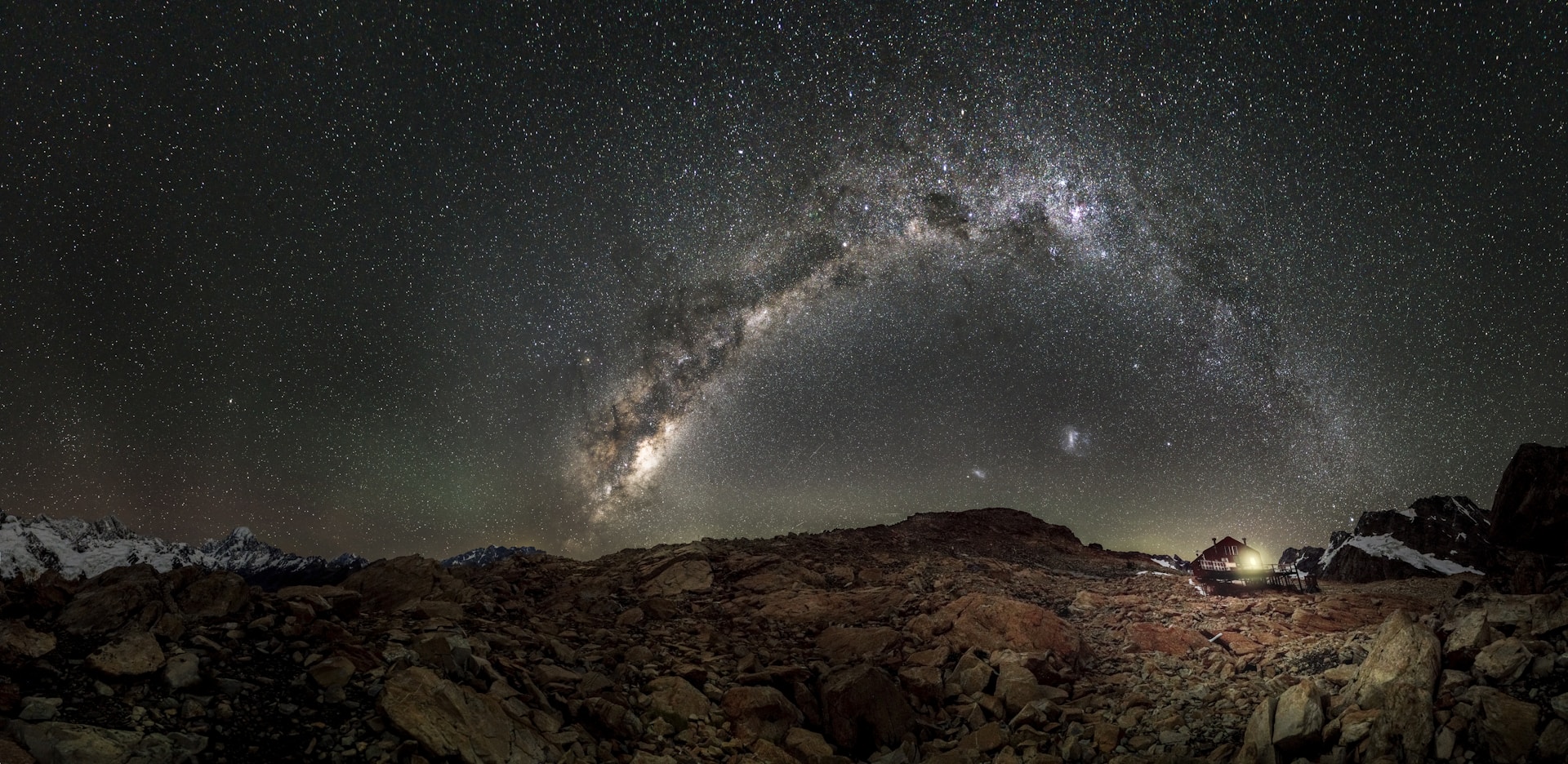
New Zealand is far from nearly everywhere else on the planet, but it will reward your long-haul flight through the blue sky with endless ways to make memories stargazing. The Milky Way makes an appearance in multiple spots across the country, though some are more accessible than others.
Mount John University Observatory, a short drive from downtown Tekapo, acts as a great introduction and explanation of what you can expect to see in the adjacent Aoraki Mackenize International Dark Sky Reserve.
Wai-Iti on New Zealand’s South Island is another inclusive destination for stargazers who want to see the Milky Way flex its galactic arms without going five-kilometers west of nowhere. This land, belonging to the Tasman District Council, is a popular place where cityfolk escape the bright artificial lights of modernity. Astronomical activities fill Wai-Iti’s 135-hectares around the year to showcase the beauty, importance, and longtime significance of Tasman’s night sky.
The Sahara Desert
Venture deep into Tunisia’s Sahara Desert and you might feel like you’re in a galaxy far, far away. These dunes were the filming location for Tatooine in the Star Wars films, but there’s nothing fictional about the blanket of light-speckled nothingness hovering above.
Any desert is a choice place to see the Milky Way, but the vast Sahara is certainly one of the best in the world. Find your way to North Africa and make your way into the desert for a Bedouin camping experience.
We think you’ll also like: Maya Sherpa: the woman who climbed to the top of the world
United Kingdom
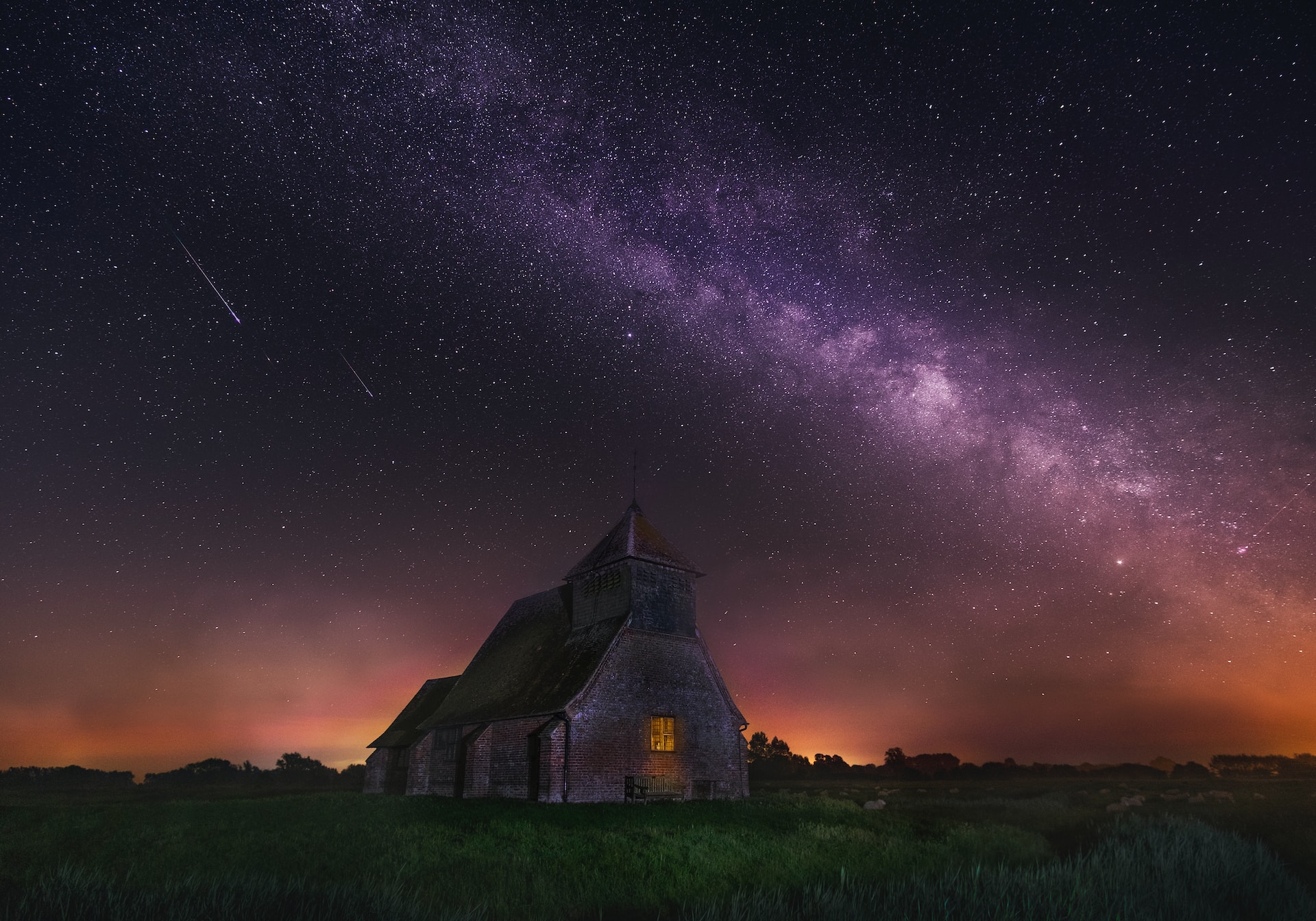
The United Kingdom is spoiled with stargazing, particularly in autumn when you can best see the Milky Way in the right conditions. England, Scotland, and Wales are especially filled with stargazing spots, such as South Downs National Park where you can see the Milky Way and Andromeda galaxies. North York Moors National Park, the Kielder Observatory in Northumberland National Park, and the Isle of Wight should also make your Milky Way must-see list.
One of the darkest places in Europe is, rather fittingly, the Isle of Skye. One of many stops on the Country Roads of Scotland tour with Insight, you’ll spend 9 days traversing the top of Britain. As you move through the Highlands to the Orkney Islands, make stargazing your Scottish bedtime ritual.
You don’t have to run far from London if you’d rather stick to the bottom end of Britain. Insight’s Country Roads of Wales, Devon & Cornwall doesn’t risk missing an opportunity to share a pint with the planets. You’ll hike through Exmoor National Park, Brecon Beacons National Park, and Dartmoor National Park, reading the weather to forecast how well you can gaze at the Milky Way without venturing far from your hotel.
Where do you wish upon a celestial body? Let us know your favorite spot for stargazing in the comments!

